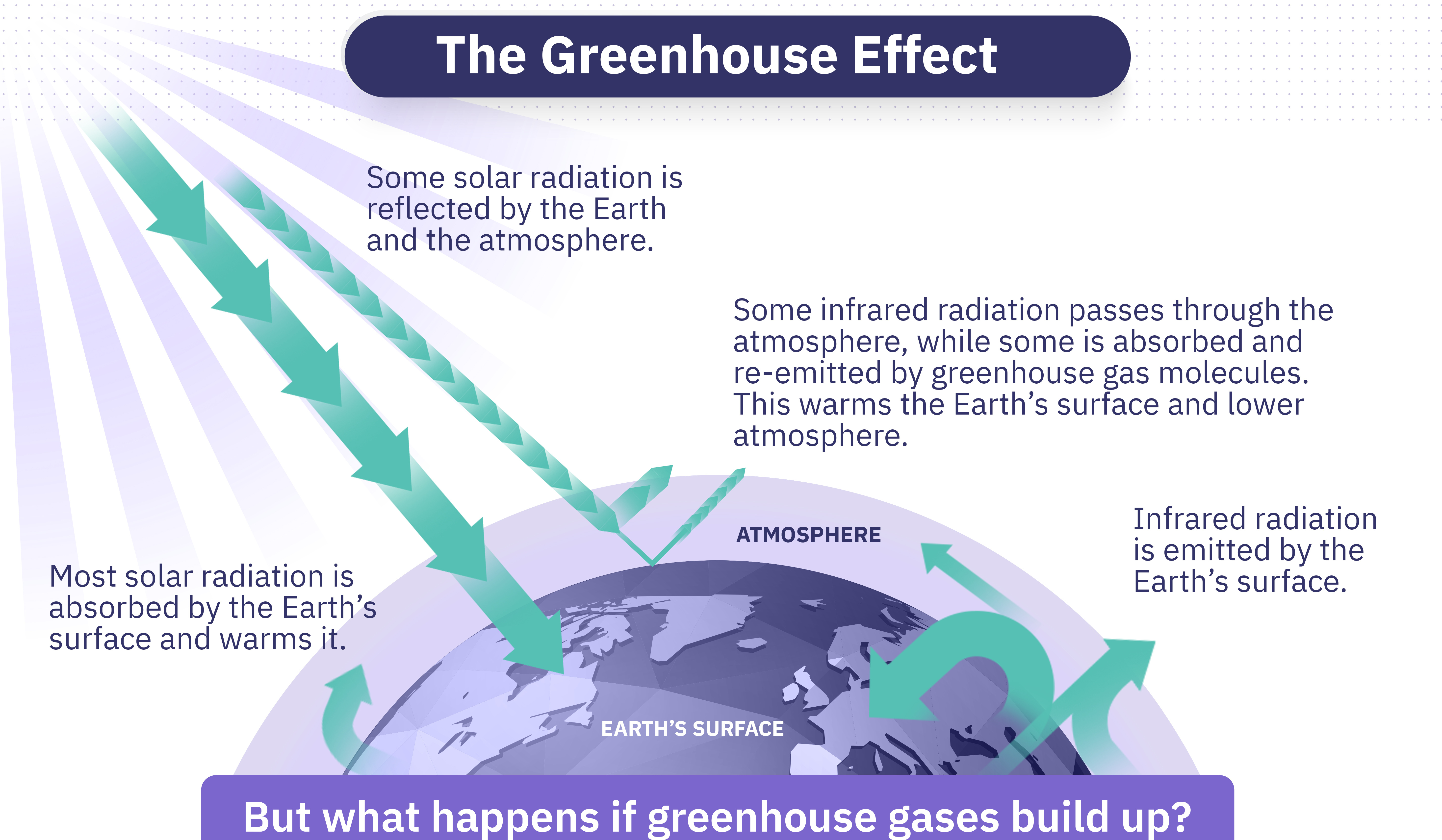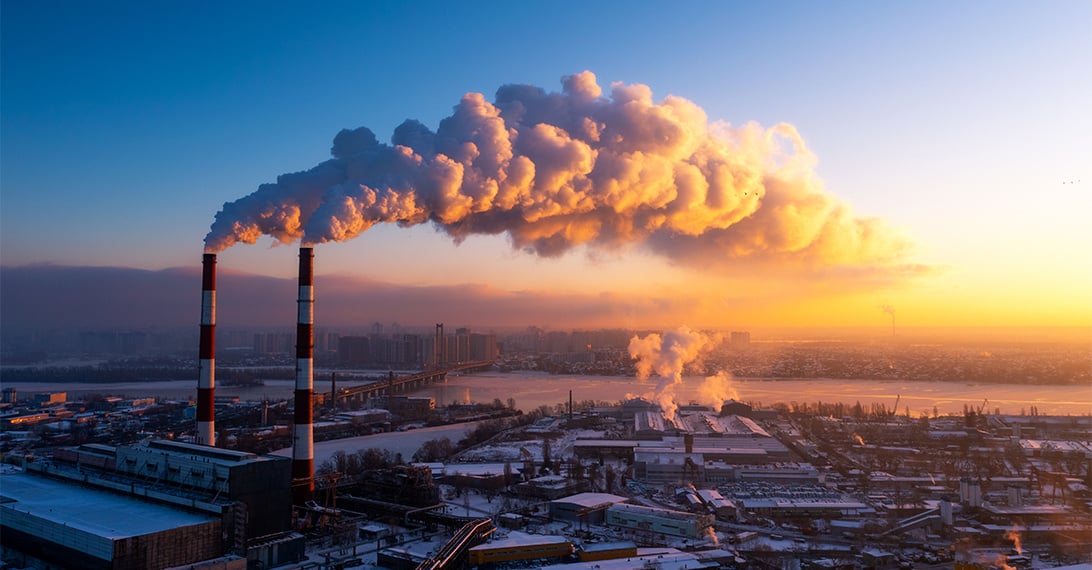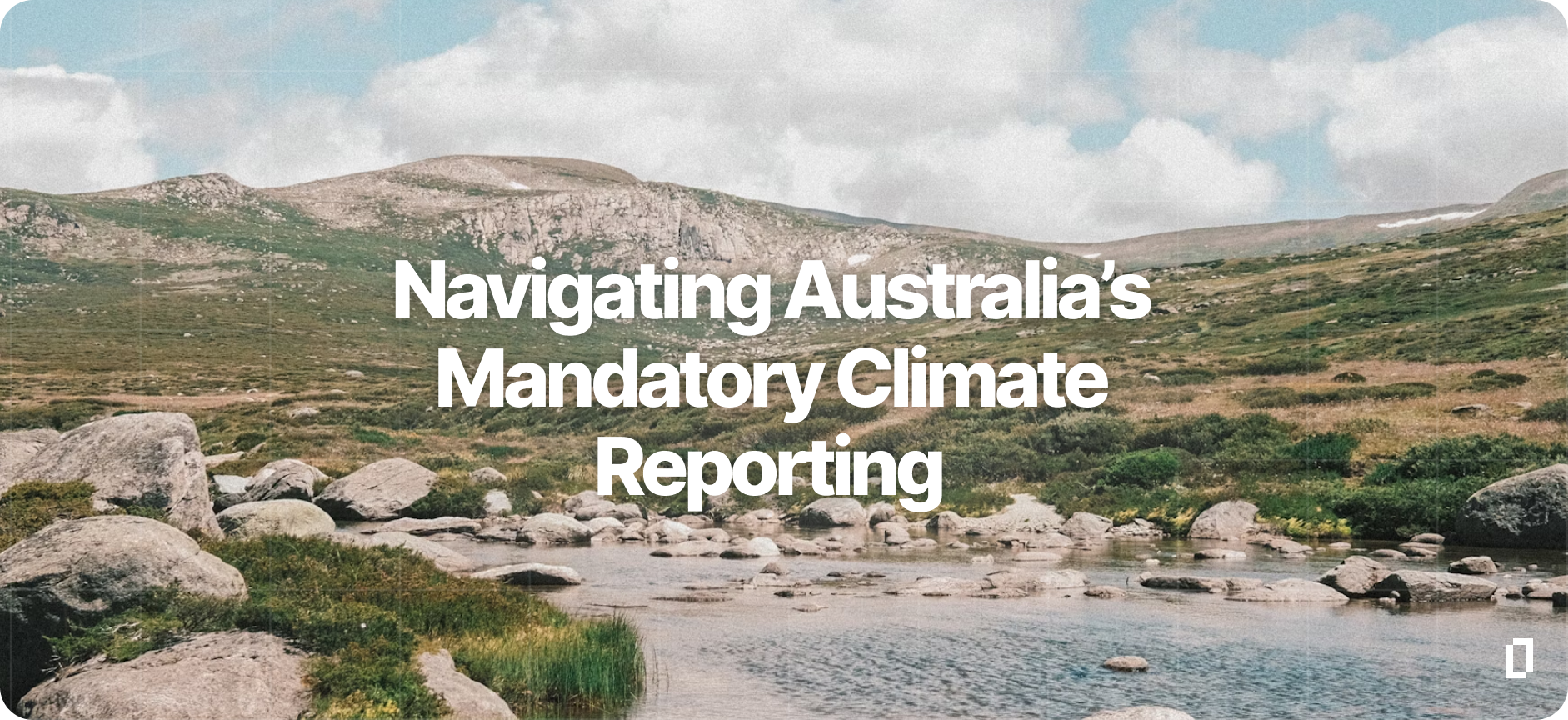Summary
- Greenhouse gases, such as CO2, CH4, and N2O, trap heat in the atmosphere, significantly affecting Earth’s climate and leading to challenges like global warming and extreme weather events.
- Human activities, including fossil fuel combustion and deforestation, have markedly increased greenhouse gas emissions, disrupting the natural climate balance and enhancing the greenhouse effect.
- The consequences of elevated greenhouse gases include rising global temperatures, sea level rise threatening coastal areas, and biodiversity loss, necessitating urgent action to mitigate these issues through sustainable practices and policy changes.
Greenhouse gases, though invisible to the naked eye, wield a significant impact on the Earth's climate. In this article, we will delve into the realm of greenhouse gases, examining their role in our planet's climate system. From the mechanics of the greenhouse effect to the types of gases driving climate change, this article is a deep dive into the intricacies of a global challenge demanding our immediate attention and action.
What are Greenhouse Gases?
Greenhouse gases are gases in the Earth's atmosphere that have the ability to trap heat. The primary greenhouse gases include carbon dioxide (CO2), methane (CH4), nitrous oxide (N2O), and others. While these gases make up only a small fraction of the atmosphere, their impact is profound.
The Mechanism of the Greenhouse Effect
To comprehend the menace of excessive greenhouse gases in the environment, it is essential to understand how the greenhouse effect works. The light and heat radiated by the sun warms the Earth, which radiates most of this thermal energy back. Greenhouse gases trap some of this thermal energy and act like a thermal blanket, trapping some of the heat within the Earth's atmosphere. This natural process maintains the planet's temperature at an equilibrium conducive to life. However, a higher level of greenhouse gases in the atmosphere due to human activities leads to more thermal energy being trapped in the atmosphere, which tips the balance of this delicate mechanism and causes average global temperature to rise.
Human Activities and Greenhouse Gas Emissions
Human activities, including industrial processes, transportation, and deforestation contribute significantly to the surge in greenhouse gas concentrations and have disrupted nature’s delicate balance. The burning of fossil fuels, rampant deforestation, and industrial processes release copious amounts of these gases, intensifying the greenhouse effect and consequently accelerating climate change. The greenhouse effect, a fundamental process for sustaining life on Earth, becomes a double-edged sword when human activities intensify it beyond natural levels. The intricate dance of heat retention that has nurtured life for centuries now spirals into a threat as anthropogenic emissions amplify its effects.
In particular, the combustion of fossil fuels like coal, oil, and natural gas releases staggering amounts of carbon dioxide into the atmosphere. The insatiable appetite for energy in our daily lives, coupled with the convenience vehicles powered by these fossil fuels, has fueled an exponential increase in CO2 emissions – creating a civilisation-threatening runaway effect.
Types of Greenhouse Gases
A. Carbon Dioxide (CO2): Carbon dioxide stands out as the primary constituent of greenhouse gases. Its ubiquitous status amongst emissions is so great, that global warming potential uses CO2 as a baseline when assessing the potential pollutancy of a greenhouse gas, and emissions are typically measured in CO2e equivalent.
Originating from the burning of fossil fuels, deforestation, and industrial processes, CO2 has seen a staggering increase in concentration. This is a grave concern, considering the long-term impact of heightened CO2 levels on global climate trends.
Carbon dioxide emissions are deeply intertwined with the evolution of industrialisation. As factories emerged and societies embraced the convenience of mechanised production, the carbon footprint of human activities surged. Today, CO2 emissions reduction is an omnipresent part of any serious GHG mitigation effort.
B. Methane (CH4): Methane, while less prevalent than CO2, is a greenhouse gas that absorbs more wavelengths of heat, which give it a global warming potential 28 times greater than CO2. Its sources, including livestock emissions, rice paddies, and fossil fuel extraction, are politically fraught in some countries, making it exceptionally difficult to manage.
Specifically, livestock farming, particularly the digestive processes of ruminant animals, releases methane into the atmosphere. The growth of the global middle class has led to an explosion in demand for meat and grain products derived from farming, consequently, this has led to an acceleration in methane emissions. Additionally, the extraction and transportation of fossil fuels, especially natural gas, contribute to methane emissions. Its presence throughout and within global supply chains has frustrated many efforts to manage it, especially as it is deeply intertwined with value chains.
Despite its shorter atmospheric lifespan compared to CO2, methane's potency necessitates urgent attention to limit and combat the effects of climate change.
C. Nitrous Oxide (N2O): Nitrous oxide, often overlooked, plays a substantial role in climate change. Commonly emitted from agricultural industrial activities, this gas has a considerable warming potential. Addressing sources of nitrous oxide is vital for comprehensive climate action.
Agriculture, with its use of synthetic fertilizers and certain cultivation practices, emerges as a significant source of nitrous oxide emissions. Industrial activities, including the production of nitric acid and adipic acid, further contribute to its release. Understanding and mitigating nitrous oxide emissions present an additional challenge in the fight against climate change.

Effects of Greenhouse Gases
A. Global Increases in Temperature : Greenhouse gas concentrations is undeniably linked to global warming. Historical trends and future projections indicate a steady rise in temperatures, posing unprecedented challenges to the delicate balance of Earth's ecosystems. The rise in global temperatures, driven by the unrelenting increase in greenhouse gas concentrations, is multifaceted. From the melting of polar ice caps to shifts in weather patterns, climates are reacting to the runaway expansion of human industrial and agricultural activity.
B. Sea Level Rise: Melting ice caps and glaciers, direct consequences of rising temperatures, contribute to the alarming rise in sea levels. Coastal communities face imminent threats, necessitating urgent measures to adapt to and mitigate the impacts of sea level rise.
Sea level rise is not a distant future scenario; it is a reality for many coastal regions, particularly country groups like the Small Island Developing States (SIDS). As polar ice sheets and glaciers lose mass, the global volume of seawater expands, encroaching upon low-lying areas and flooding them. Catastrophic damage reduces the amount of available land to live on, carrying with it damaging implications for coastal ecosystems, infrastructure, and communities.
C. Impact on Biodiversity: As temperatures fluctuate and ecosystems evolve, biodiversity faces an existential threat. Already, numerous species face habitat loss, and a myriad of other effects due to climate change-induced disruptions. Preserving biodiversity goes beyond ethics, but is a crucial component of maintaining the Earth’s ecological equilibrium.
The interconnected web of life, finely tuned to specific climatic conditions, is sensitive to the extinction of animal species, as large or as small they can be. The reproductive process of some vegetation is directly tied to the continued existence of animals, having adapted to their continual presence over millions of years. Such is also visible in species migration, changes in reproductive patterns, and the loss of habitats which each emphasise how intertwined flora and fauna ecosystems are. Conservation efforts must align with climate action to protect the Earth’s wealth of biodiversity.
D. Extreme Weather Events: The surge in greenhouse gas concentrations in the hundred and fifty years since the Industrial Revolution has had a direct correlation with the increase in extreme weather events. Global average temperatures have increased by a minimum of 0.4°C (0.72°F) since the 1970s; with current trends, the average global temperature is expected to increase by about 4°C (7.2°F), which can be devastating for the planet. The average sea levels across the globe have risen 8-9 inches (21-24 centimetres) since 1880 due to several factors, including the melting of glaciers and ice belts; the ocean is becoming warmer and expanding gradually. Addressing the root cause – greenhouse gas emissions – can ameliorate these climatic hazards.
From withering hurricanes to scorching droughts, computer modelling of real data suggests that the frequency and intensity of weather events are influenced by climate change. The increasing severity and frequency of these events continue to be an existential threat to communities worldwide. Addressing the root cause – greenhouse gas emissions – is pivotal in ameliorating several of these climatic hazards.
The link between greenhouse gases and these events underscores the need for proactive measures to adapt to a changing climate while simultaneously curbing emissions to mitigate future impacts.
Conclusion
In closing, the urgency of addressing greenhouse gas emissions cannot be overstated. The challenges posed by greenhouse gases are complex, but the solutions lie in a collective commitment to sustainable practices, innovation, and policy changes. Only through concerted efforts can humanity mitigate climate change, especially as curbing emissions is the cornerstone of any climate strategy from the supranational to the individual.
The fate of our planet rests on our responsibility to act now, for the benefit of current and future generations.



